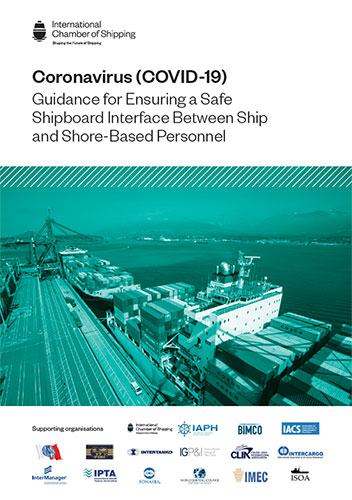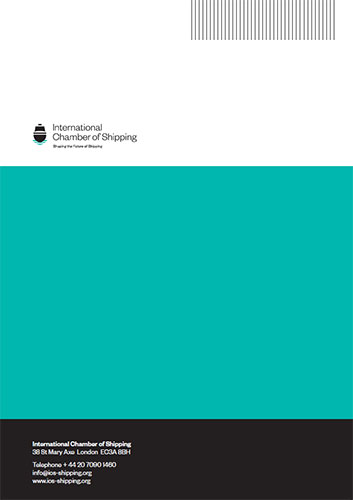Сб с 10 до 16
Coronavirus (COVID-19). Guidance for Ensuring a Safe Shipboard Interface Between Ship and Shore-Based Personnel/Коронавирус (COVID-19). Руководство по обеспечению безопасного судового взаимодействия между судовым и береговым персоналом
Издание на английском языке
The Coronavirus (COVID-19) pandemic has created issues related to the shipboard interface between seafarers and shore-based personnel during port calls. These issues are often related to the ship’s crews and shore-based workers, such as agents, inspectors, pilots, stevedores, surveyors etc., following conflicting procedures to mitigate the risk of infection related to the virus. Differing procedures and requirements are currently being set globally for shore-based workers by national Administrations, local authorities, professional organisations and employing companies compared with those being set by flag States and shipping companies to be followed on board ships by ship’s crews.
The objective of all parties in the ship / shore interface should be to keep everyone as safe as possible at all times, regardless of whether they are seafarers serving onboard a ship or shore-based workers temporarily coming onboard, and not to place anyone at undue risk or in a position they feel is unacceptable.
Requirements and guidance as applicable to individuals can be seen to differ from State to State and company to company and these differences regarding what should and should not be applied with respect to managing risk related to COVID-19 is creating perceptions that some parties are not following appropriate procedures, even though the procedures being followed may be those required by a responsible party.
There are differing views globally regarding what risk-based measures are appropriate during the pandemic and therefore different procedures are being implemented relating to interaction, personalprotective equipment (PPE), social distancing, hygiene and testing.
Contents
Introduction
Objective
United Nations International Maritime Organization (IMO) recommendations
Risk management
Communication
Measures to be taken by shipping companies, shore-based service providers and port, immigration and customs authorities to address the risk from COVID-19 to their personnel
Hierarchy of Controls
Managing differences
Simple steps when on board
After the visit – disclosure of possible further transmission
Conclusion




